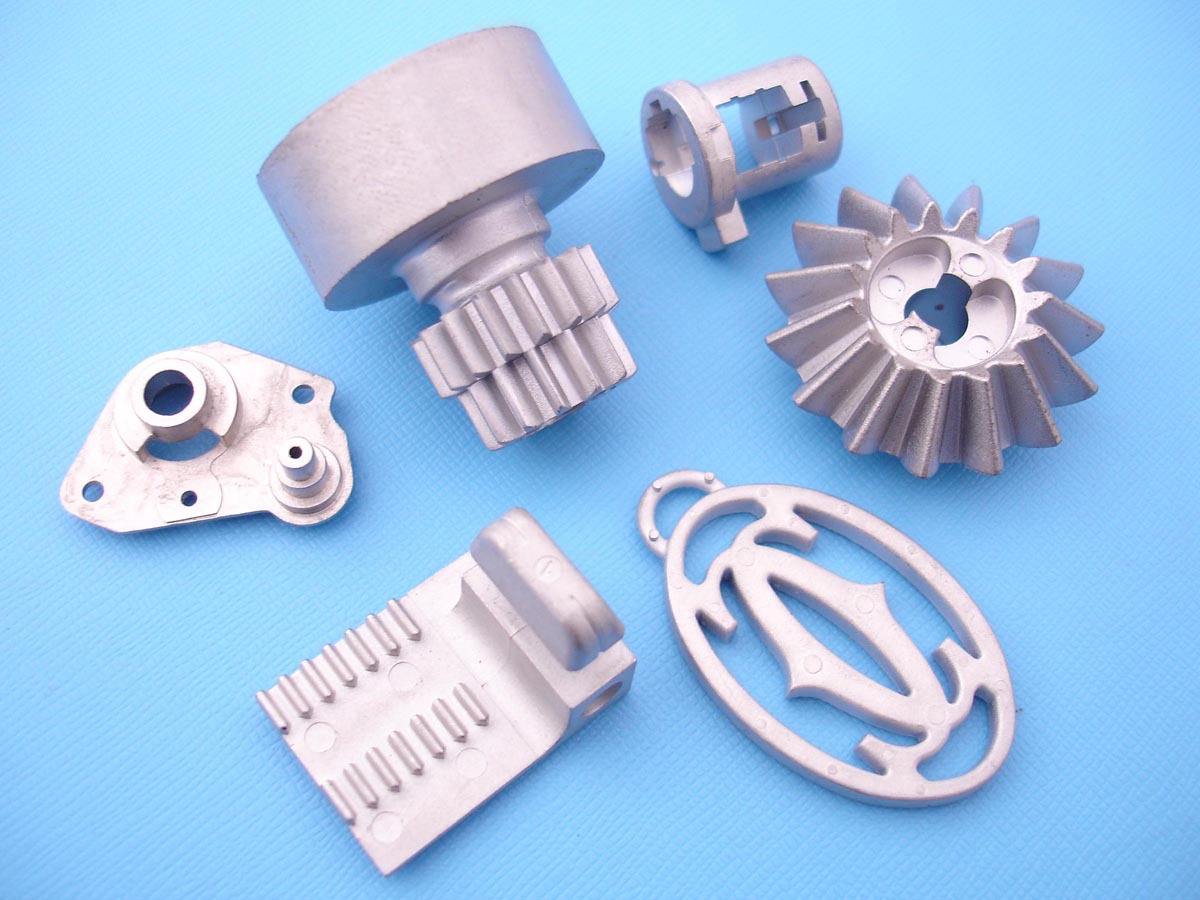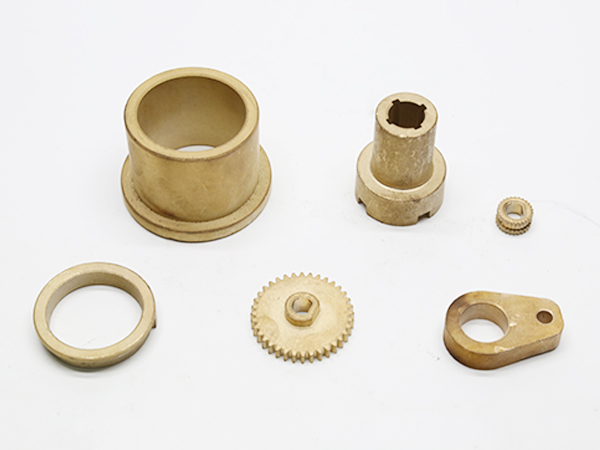In the world of sheet metal fabrication, precision and customization are key to meeting the diverse needs of different industries. Custom metal bending is one of the most important processes in creating parts that require specific shapes, angles, and dimensions. Whether for structural components, consumer products, or machinery, the ability to bend metal accurately and efficiently is crucial for ensuring that parts fit their intended designs and perform optimally.
Sinoway, a leading sheet metal manufacturer, specializes in custom metal bending, offering tailored solutions for industries ranging from automotive and aerospace to electronics and construction. This article delves into the process of custom metal bending, its advantages, and the industries that benefit from this technique.
What is Custom Metal Bending?
Custom metal bending refers to the process of using various mechanical methods to bend sheet metal into precise shapes and angles according to the specifications of a given design. The process is commonly used for producing parts that require specific curvatures, such as brackets, enclosures, channels, and frames.
The custom metal bending process typically involves the following steps:
- Design and Engineering: The first step is to develop a detailed design and blueprint of the part, taking into account factors like material type, thickness, and the required bend radius.
- Material Selection: Based on the design, an appropriate sheet metal material is selected. Common materials used for metal bending include steel, aluminum, brass, and stainless steel.
- Bending Process: The metal sheet is placed in a bending machine, where a die and punch system are used to bend the material at specific angles. Different techniques can be employed, such as air bending, bottoming, or coining, depending on the required results.
- Finishing and Inspection: After bending, the part may undergo further processes such as deburring, surface treatment, or coating. The final product is inspected for quality, ensuring that it meets the required dimensions and tolerances.
Sinoway employs state-of-the-art bending machines and technology to ensure the highest level of precision in every part produced.
Advantages of Custom Metal Bending
- High Precision and Accuracy
Custom metal bending allows for precise control over the angle, curvature, and dimensions of the bent parts. Using advanced CNC (computer numerical control) bending machines, Sinoway ensures that each part is bent to exact specifications, with tight tolerances. This precision is essential for parts that must fit into complex assemblies or operate under specific mechanical conditions.
- Benefit for Aerospace: In the aerospace industry, custom metal bending is used to produce critical components like aircraft frames, brackets, and fuselage parts, where accuracy is crucial for both safety and performance.
- Design Flexibility
One of the greatest advantages of custom metal bending is the ability to create a wide variety of shapes and geometries. Whether it’s a simple 90-degree angle or a complex multi-radius curve, custom metal bending allows for a high degree of flexibility in design. The process can accommodate both small and large bends, allowing manufacturers to create intricate parts that meet unique design specifications.
- Benefit for Consumer Electronics: Custom metal bending is used to create the metal enclosures and frames for electronic devices, where unique designs and dimensions are often required for housing sensitive components.
- Cost-Effective for Short and Long Production Runs
Custom metal bending is an efficient process for both low and high-volume production. While it may require an initial investment in tooling and machine setup, the process becomes highly cost-effective for larger production runs. Additionally, because custom metal bending often eliminates the need for additional welding or fasteners, manufacturers can reduce costs related to assembly and material handling.
- Benefit for Automotive: In the automotive industry, where high-volume production is common, custom metal bending offers an efficient way to produce a variety of components, such as exhaust systems, chassis parts, and brackets, at scale.
- Material Efficiency
Unlike processes that require cutting and welding, custom metal bending can make efficient use of the raw material by reducing scrap. Bending allows the material to maintain its structural integrity, resulting in less waste and fewer additional processes. This is particularly beneficial for industries where material costs are a significant concern.
- Benefit for Construction: In construction, custom metal bending helps minimize material waste when creating structural beams, columns, and framing, contributing to cost savings and environmental sustainability.
- Durability and Strength
Bending sheet metal does not compromise the material’s strength. In fact, depending on the bending technique used, the part can be designed to have enhanced mechanical properties. For instance, parts that undergo “coining” or “bottoming” can have improved hardness along the bend area, making them more resistant to wear and stress.
- Benefit for Industrial Machinery: In machinery, custom metal bending ensures that parts like brackets and machine frames retain their strength and functionality, even when subjected to high stresses or heavy loads.
- Quick Turnaround Time
Because custom metal bending is a highly automated process, the lead times for production are generally shorter than other fabrication techniques. Once the design is finalized, parts can be bent, inspected, and delivered quickly, making it a great choice for projects that require fast prototyping or quick production timelines.
- Benefit for Prototyping: In industries that rely on rapid prototyping, such as product development and R&D, custom metal bending allows manufacturers to quickly create functional prototypes to test and refine designs.

Types of Custom Metal Bending Techniques
- Air Bending
Air bending is one of the most commonly used techniques in custom metal bending. In this process, the sheet metal is bent using a punch and die without the material touching the bottom of the die. The amount of bend is determined by the depth of the punch, and the angle is controlled by the CNC machine.
- Applications: Air bending is ideal for producing shallow bends on a wide range of materials and thicknesses, making it commonly used for parts like brackets and panels.
- Bottoming
Bottoming involves bending the sheet metal until it reaches the bottom of the die, resulting in a more precise angle. This technique is typically used for parts that require tight tolerances and accurate bending angles.
- Applications: Bottoming is used for parts like structural components, where high precision is required to ensure that the parts fit together correctly during assembly.
- Coining
Coining is a high-precision bending process where the punch and die apply force to the metal sheet until it reaches the desired angle. This technique is used to achieve very tight tolerances and is particularly useful for parts that need to be formed with minimal springback (the tendency of the material to return to its original shape).
- Applications: Coining is often used for high-precision applications like automotive brackets, frames, and electrical enclosures, where part accuracy is critical.
- Roll Bending
Roll bending involves passing the sheet metal through a set of rollers that gradually bend the material to the desired curvature. This technique is used for creating large-radius bends and cylindrical shapes.
- Applications: Roll bending is typically used for parts like tubes, pipes, and curved panels that require a continuous bend along their length.
Applications of Custom Metal Bending
- Automotive Industry
In the automotive sector, custom metal bending is used to produce a wide range of components, including structural parts like chassis frames, body panels, brackets, and exhaust systems. The ability to create parts with precise bends ensures that they fit perfectly within the vehicle assembly, contributing to the overall performance, safety, and design.
- Example: Custom metal bending is used to manufacture exhaust system components that require complex shapes and angles to fit within the confined space under the vehicle.
- Aerospace Industry
The aerospace industry relies on custom metal bending to create lightweight, high-strength components that can withstand extreme stress and environmental conditions. Parts such as aircraft frames, engine components, and landing gear often require custom bending to achieve the necessary fit and strength.
- Example: Custom metal bending is used to produce parts like fuselage frames and brackets, ensuring both precision and durability in critical aerospace applications.
- Electronics Industry
Custom metal bending is essential in the electronics industry for creating enclosures, brackets, and frames for electronic devices. The ability to create metal parts with intricate bends allows manufacturers to design more compact and efficient products, such as laptops, servers, and communication equipment.
- Example: Bending is used to create the metal housings for smartphones and laptops, which provide protection for internal components while also contributing to the device’s overall aesthetics.
- Construction Industry
The construction industry benefits from custom metal bending for producing structural components like beams, columns, and frames. The ability to create precise bends in steel and aluminum allows for the production of parts that meet the demanding strength and durability requirements of large-scale construction projects.
- Example: Custom metal bending is used to create curved steel beams for bridges, which require precise shapes and angles to ensure structural integrity.
- Industrial Machinery
Custom metal bending plays a vital role in the manufacturing of industrial machinery components, such as machine frames, brackets, and gear housings. The ability to bend metal accurately ensures that parts can be assembled correctly and function optimally in heavy-duty applications.
- Example: Metal bending is used to produce brackets and frames for industrial machines, which must withstand high stress and provide long-lasting support.
Sinoway’s Expertise in Custom Metal Bending
Sinoway is a leading provider of custom metal bending services, utilizing advanced technology and expertise to produce high-quality, precise components for various industries. The company’s state-of-the-art bending machines and skilled technicians ensure that every part meets the strictest standards for quality, precision, and performance.
- Advanced Bending Machines
Sinoway employs the latest CNC-controlled bending machines, allowing for precise control over the bending process. These machines can handle a wide range of materials and thicknesses, providing the flexibility needed for custom orders.
- Customized Solutions
Sinoway works closely with clients to develop customized bending solutions tailored to their specific requirements. Whether it’s a unique design, a specific material, or a particular angle, Sinoway’s team ensures that the final part meets the desired specifications.
- Quality Control and Inspection
Sinoway follows strict quality control procedures to ensure that every custom-bent part meets industry standards and client expectations. The company’s inspection process includes dimensional checks, visual inspections, and strength testing to guarantee the integrity of each part.
- Fast Turnaround Time
With efficient production processes and a dedicated team, Sinoway is able to deliver custom metal bending parts in a timely manner, ensuring that clients can meet their project deadlines and requirements.





